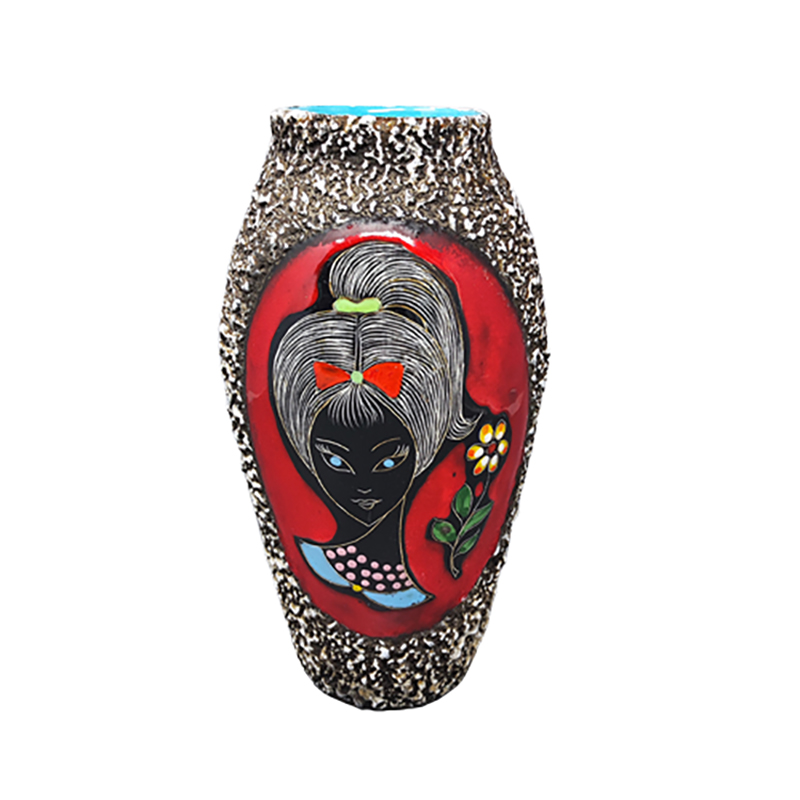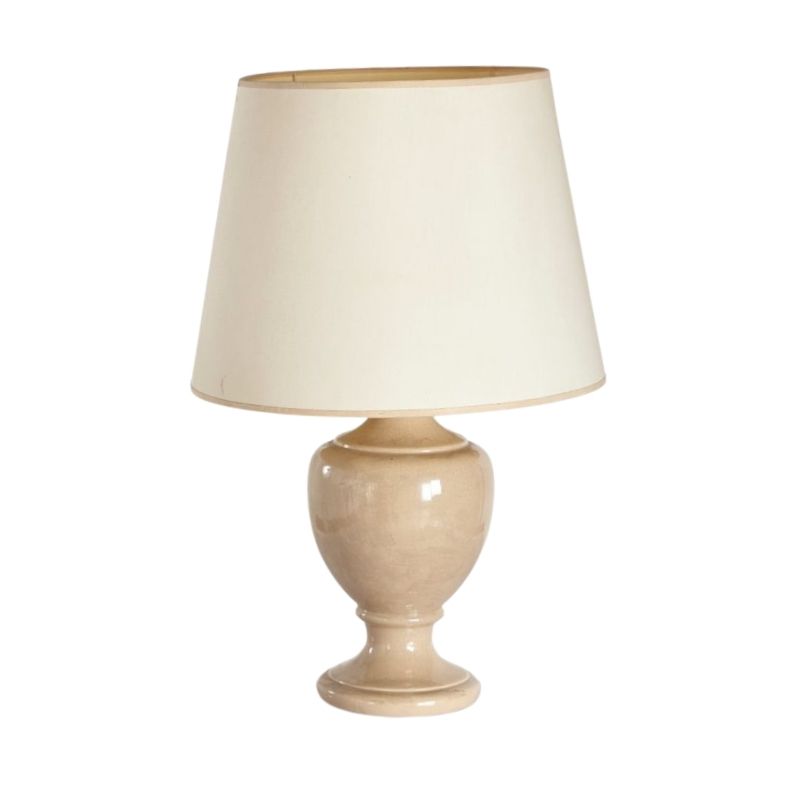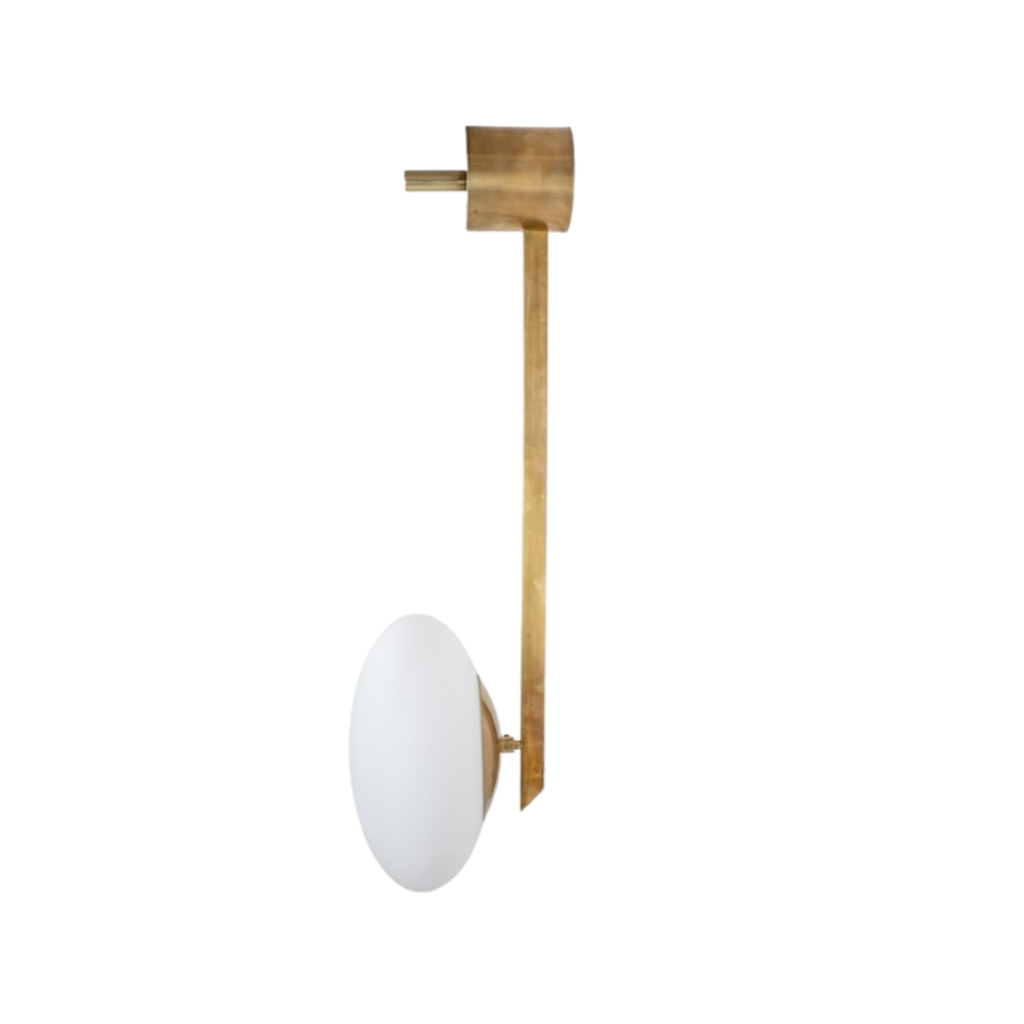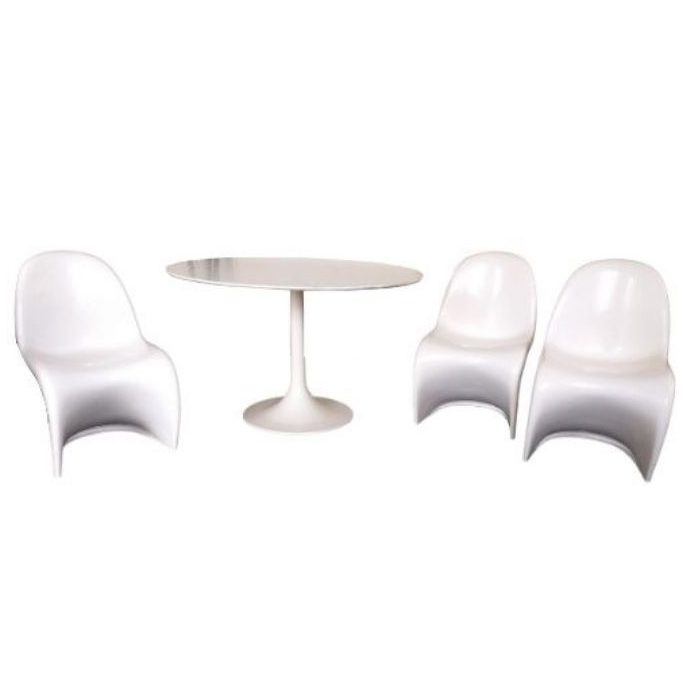Hi All,
I recently acquired several Franco Albini armchairs, manufactured by Knoll. I'm trying to decide what to do about the upholstery- the original fabric is in surprisingly good shape, but the foam has disintegrated to powder.
My question is, from a collectors point of view, would it be best to keep the original upholstery when I replace the foam, or should I update to something more modern? I do plan on selling these in the future so I want to take that into consideration. I've seen several listings recently and the majority seem to have updated upholstery. I've attached some pics for reference, but unfortunately don't have a good closeup of the fabric..
Cheers!
Josh  <img class="wpforo-default-image
<img class="wpforo-default-image
Ditto, and you couldn't have an easier type upholstery job for saving the fabric.
If you want to go high end, get latex foam instead of urethane. It costs quite a bit more but the difference in comfort is big and it lasts a lot longer than urethane foam. If that will cut into your profits too much (which I totally get), then use a high quality urethane foam and make sure the density level on the seat is higher than on the back. If they are the same density, the back will feel too firm.
Also, note that it had latex foam in there to begin with. One thing you might do to get latex for a big cheaper is to get a stock mattress topper. These tend to be quite a bit cheaper than custom cut chunks, at least by volume of foam. And if it is only 1 inch thick but you need thicker, you can just layer it. It really feels very different--more resilient and rubbery--than common urethane foam, and much more comfortable.
And I also think you should keep the original fabric. I think you generally see re-upholstered pieces because it is pretty rare that the fabric is still in good condition.
You might take it to get it dry cleaned once you have it off the chairs. You can even save the upholstery tacks and reuse them in the same holes. It's the best of all worlds.
Thanks everyone for the input. I was intending to keep them original, just wanted to get the opinion of this community first.
I could have saved time and asked this in the original post, but what about frame restoration? Aside from some minor re-gluing of some loose joints, they are in overall good condition. So, again... from a collectors standpoint is the original finish preferable to a "like new" restoration?
Cheers,
Josh
What is the original finish? An oil finish is meant to be maintain and renewed. A film finish like lacquer is meant to be permanent. This sort of thing makes a difference apropos of your question.
(If you are going to fix the joints, please knock the chair apart so that you can clean the old glue out first, then re-glue and clamp well. PVA glue does not stick to itself well at all, so they oft seen repair of squeezing new glue into the edge of a joint over the old glue does not help, and in fact makes it worse, because there is just that much more glue to clean up.)
Regardless of finish, though, they are not brand new, and shouldn't look it. All of which does not mean they need to show every scar either.
Opinions will differ, though. Auntie Mark always stands up for the scarred boxer in the room, which is a beautiful thing.
I would clean any grime off with whatever cleaning agent is appropriate for the finish, then go from there.
Leif, where are you getting mattress toppers that are cheaper per cubic inch than foam by the slab? I researched that a few years ago and didn't find much price difference at all. I bought one anyway and it was such a soft density that I couldn't really use it for any furniture padding. It's still sitting around! I don't think it was advertised as soft density, I think the seller just didn't know anything about foam and was just using buzzwords that he thought were most likely the sell it. Bonus: buying foam cut to size means I don't have to cut it--that stuff is WAY harder to cut than urethane foam because it's so rubbery! I think you probably need a foam saw to get clean, square cuts.
At foam order. And I've never had trouble with cutting it, even though it is rubbery, I find that helps because when I install it, I can push or pull it a little, and it doesn't change the appearance through the fabric. Urethane foam has to be cut very precisely or every irregularity shows right through.
Ah, ok, maybe it depends on the fabric. I gave up on the stuff I had!
I think I did check foamorder's prices on toppers but that was probably five years ago so maybe they are doing better now. I thing the only bargain I found at the time was on ebay and that just turned out to be not worth it---too wimpy-soft.
Lief, they appear to be an oil finish, definitely not lacquered. And yes, I will knock the joints apart and do a proper re-glue.
Spanky, thanks for the advice. I will start with the least aggressive approach and go from there. I will try to find a happy medium between fixing some of the minor defects, and maintaining the patina.
I will look into the latex foam option as well.
Again, thanks for the input.
Cheers,
Josh
Then, as an oil finish, there is nothing special about the factory finish. It is really just a "starter" finish that is supposed to be maintain, and renewed by re-oiling. Factory pamphlets or sales people would have mentioned this sort of thing and likely the store where the furniture was bought would also sell the oil.
The point is that this makes the "factory" finish not a valuable finish. And hand grease and dirt are not patina as far as I am concern, they just make the chair dirty.
The failure I usually see is when somebody decides to a piece with their electric palm sander using coarse sand paper rounds over all the edges. And then leaves nice swirl marks all over the piece from moving the sander too fast and not finishing with fine sand paper. And then slathers it with a wrong-colored stain. It is disgusting.
There is nothing fast about restoring a chair properly. There are a lot of surfaces, and each one has to be treated with respect. And sometimes a big scrape in the armrest is part of the story of the chair.
If you need any help, please contact us at – info@designaddict.com









